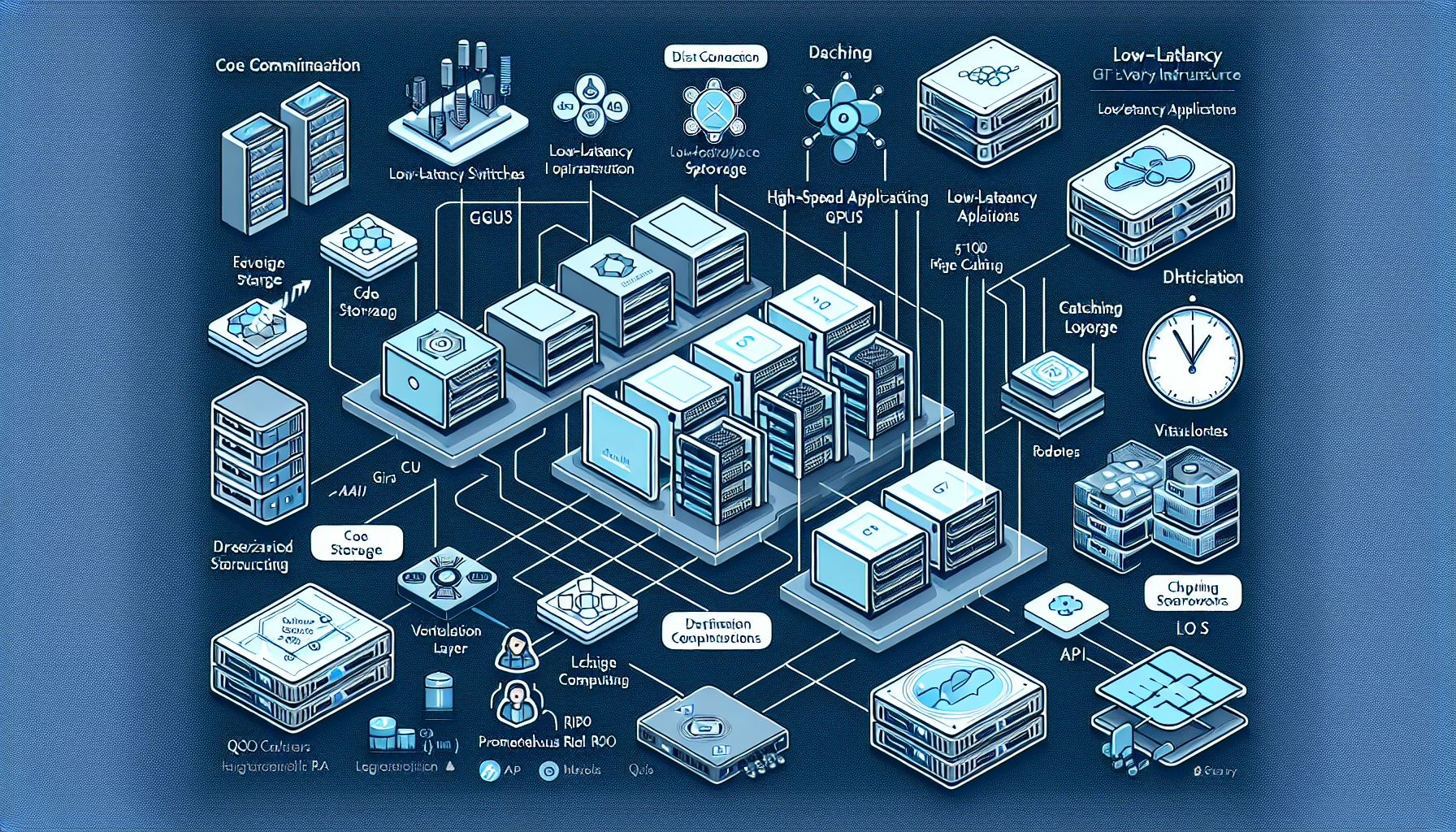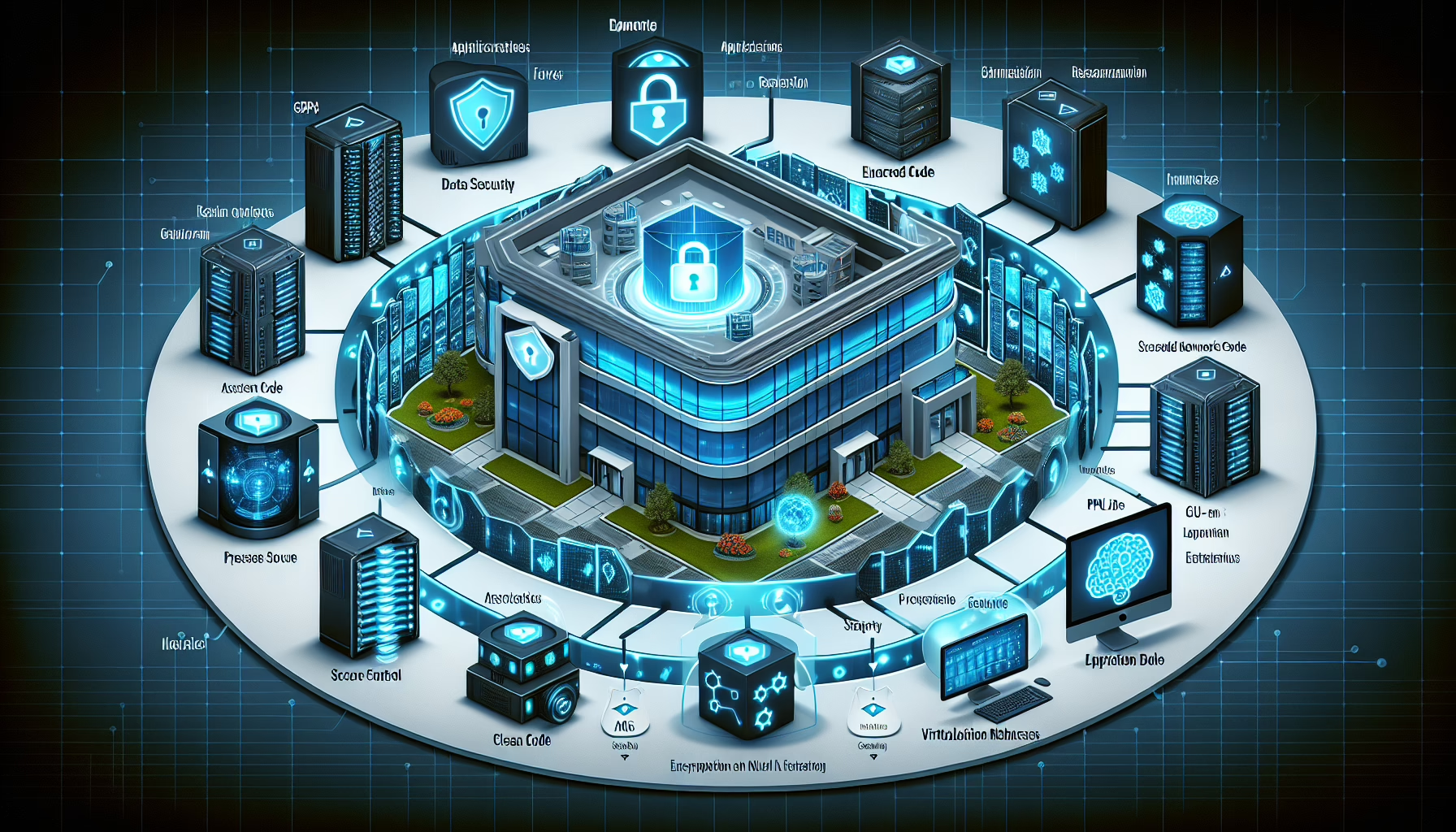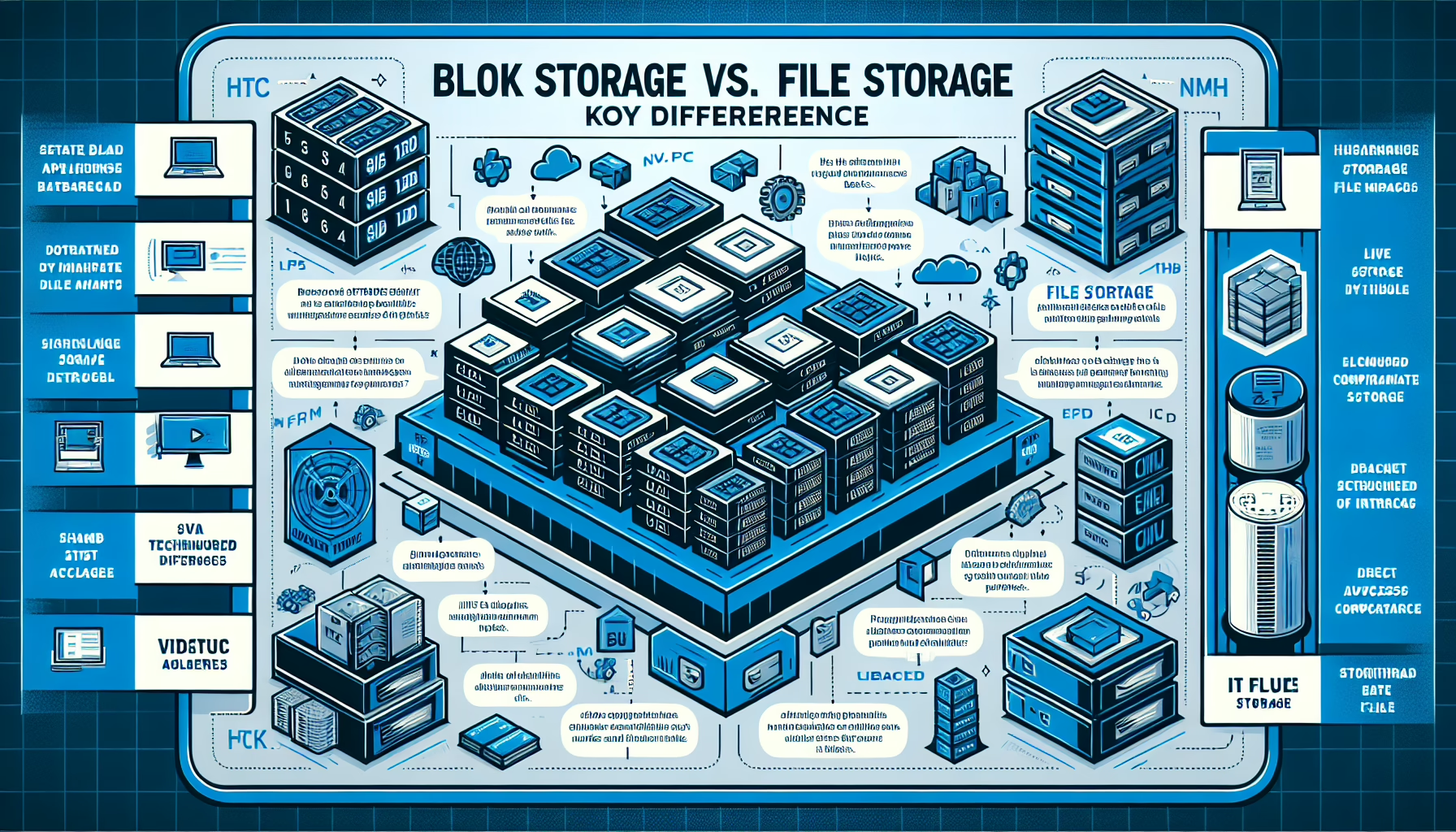How do I optimize IT infrastructure for low-latency applications?
Optimizing IT infrastructure for low-latency applications requires a strategic approach across hardware, software, networking, and system design. Here are the key steps to ensure your infrastructure meets the demands of low-latency applications: 1. Network Optimization Minimize hops: Reduce the number of network hops between components by simplifying network architecture. Use low-latency switches and routers: Deploy […]


